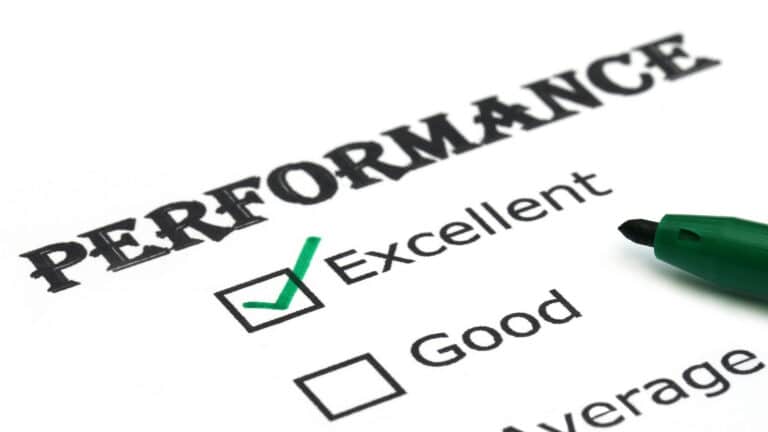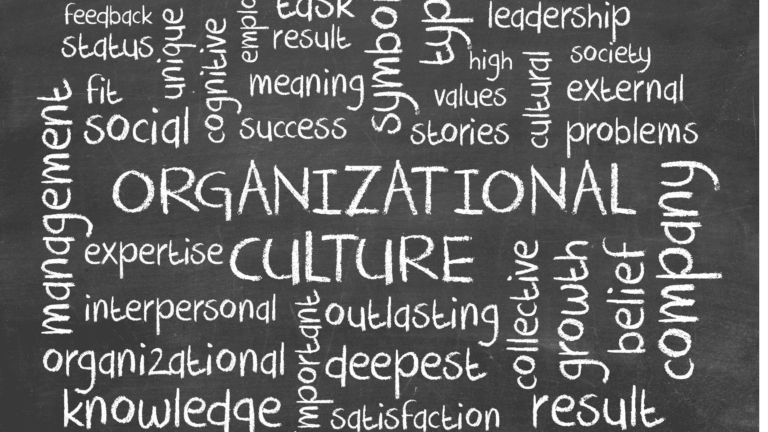It seems like everybody’s talking about culture these days. But… what is it? And why should busy founders and executives, laser focused on growing their companies, pay attention to it when they have so much else on their plate? The answer is simple: A strong organizational culture improves results.
What is Culture Anyways?
At Shamaym when we talk about culture, we don’t mean beer on tap and ping pong tables (although we love both of those things – who doesn’t!). We mean the fabric that makes an organization operate the way it does. The intangibles and tangibles that dictate how employees communicate, celebrate successes, and address – and learn from – challenges that inevitably arise.
Culture is the DNA sequence that prescribes the cadence and tone of how an organization learns and grows. And at Shamaym, we help organizations build a high performance culture, one that prioritizes continuous improvement.
When we think about culture that way, it stops being ‘nice-to-have’, a gimmicky, publicity generating tool, and becomes a critical building block for any company that wants to sustain growth over time. It becomes something founders need to build intentionally right off the bat, and uphold as their company evolves. Before we can build it, we need to understand more about what a high performance culture looks like, and why it is so essential for growing organizations.

Characteristics of High Performance Culture
Unfortunately, there is no such thing as a one-size-fits-all formula for a high performance culture. Every organization is unique and the cultural elements that make it successful will not necessarily fit another. Still, a high performance culture is characterized less by the state of a company at any single point in time, and more by what that company is doing to never settle for the status quo.
“There’s an underlying mechanism in iconic startups that often goes unseen,” says Gigi Levy-Weiss, Managing Partner at seed stage venture firm NFX, “they are learning machines, constantly improving themselves to deliver better results.” Indeed, these are the unifying characteristics across all companies that have a high performance culture. They:
- Prioritize learning as a constant part of their workflow
- Invest in learning tools that lead to measurable results
- Routinely scrutinize the way they do things to retain what works and change what doesn’t – fast
- Embrace challenging topics and discuss them transparently
A high-performance culture is characterized less by the state of a company at any single point in time, and more by what that company is doing to never settle for the status quo.
Why is Organizational Culture So Important?
Organizations that preach and practice a high performance culture tend to enjoy more engaged employees who feel they have the resources and support to improve and solve problems, and who assess their work environment as psychologically safe enough to speak openly and transparently about issues that really matter. Naturally, any leader would want their employees to feel comfortable and supported at work. But a high performance culture is important for both employees and employers – it’s a win-win. That is because a culture that emphasizes learning and improvement ultimately leads to better business results.
Culture Delivers
A significant body of evidence demonstrates the link between organizational culture and performance. A 2008 study published in the journal The Learning Organization examined 16 leading global companies defined by the researchers as learning organizations, meaning that they had organization-wide learning and improvement processes in place. Compared with the S&P 500 index, these companies, including Sony, Hewlett-Packard, Wal-Mart, and AT&T, outperformed non-learning organizations in 159 out of the 264 months studied.
What makes those organizations ‘learning organizations’? A 2019 Journal of Economics and Development study of companies in Vietnam found a positive link between learning capabilities and business performance in companies where management was (1) committed to learning, and (2) committed to knowledge transfer and integration.
At Shamaym we’ve seen that companies that undertake efforts to build a high performance culture see measurable business results. A leading biopharma company reduced delivery delays by 66% with Shamaym’s learning and improvement platform; and a surgical residency program saw marked improvements in residents’ abilities after learning routines were implemented.

Learning Organizations Adapt Faster
In times of crisis, culture tends to be one of the lowest priorities for executives and decision-makers. But even during a global pandemic, culture is one of the most important elements of your business to invest in because it lays a resilient foundation. With more companies than ever before working remotely, the COVID-19 pandemic is testing companies’ abilities to withstand hardship. How have companies that invest in learning, improvement, and high performance fared? In many cases, better than companies who lacked that strong cultural foundation.
“Last year we decided to undertake the process of building a continuous improvement-based high performance culture. We invested in the implementation of learning and improvement routines, and we’re seeing now that those routines are easing the company’s adjustment to the current crisis,” shared Oren Blatt, CEO of Texas-based SYNC Residential.
“Because routines were in place, we’re seeing that in the present crisis people are stepping up. Employees feel an unusually high level of stress and fear right now, but we’re using our routines as a framework to keep us connected.”
Oren Blatt, CEO
SYNC uses Shamaym’s platform to connect teams that worked remotely even before the COVID-19 crisis. “Having a debriefing tool, and a daily meeting routine around it, enables us to adapt much faster to the present crisis, because we have both the structure and method to share knowledge and draw conclusions in real time… This daily practice helps our team stay connected and empowers us with practical tools for addressing issues that arise.”
An Investment in Culture is an Investment in Growth
A company that wants to grow can meet its objectives more effectively by retaining and disseminating what works, and quickly course correcting on what could go better. When it chooses to invest in building a high performance culture, the company amasses significant organizational knowledge and memory, and retains top talent – all leading to improved business results.
Convinced that building a high performance culture is worth investing in, especially in times of crisis, but unsure how to build one in your organization? Shamaym’s continuous improvement Platform uses cutting edge artificial intelligence and machine learning technologies to deliver the most relevant learning to teams based on lessons they previously learned, ensuring that improvement happens constantly and cultivating a high performance culture across the organization. Get in touch to see it in action and learn how it can help your organization grow.
